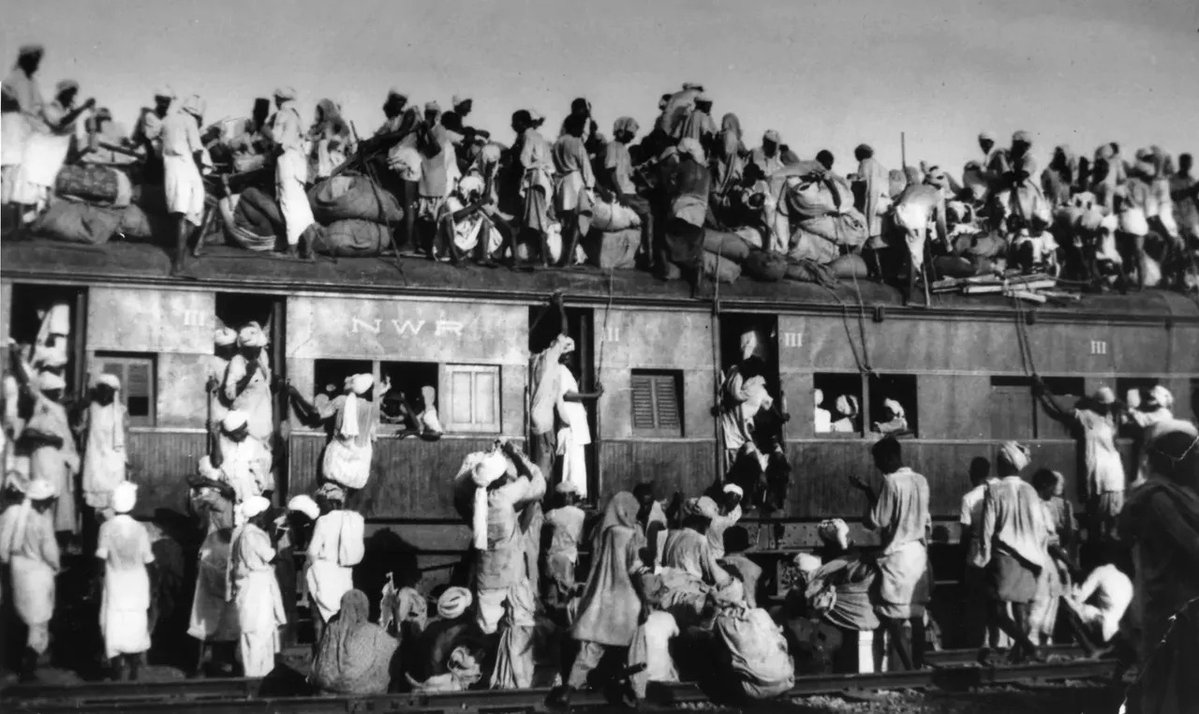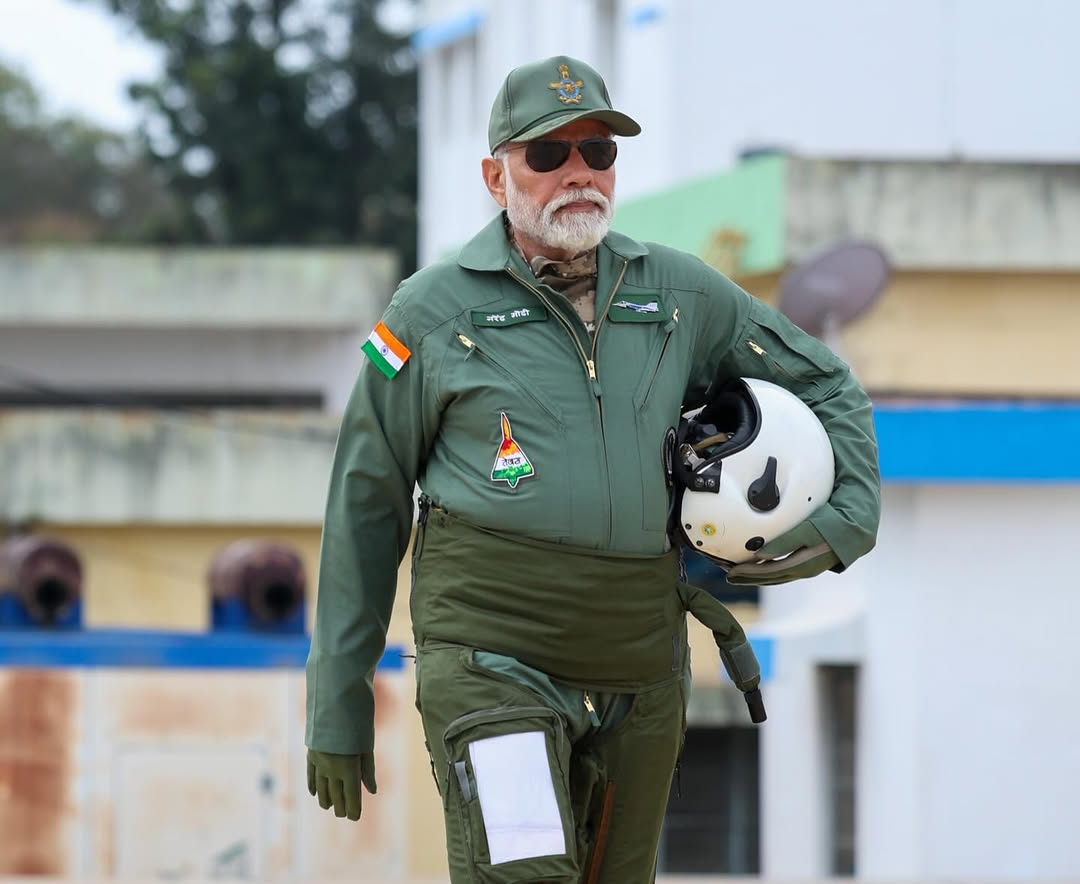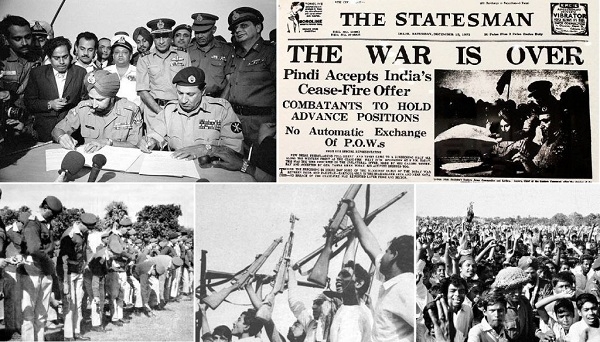🧵 They say Gandhi was the Mahatma. But ask the thousands of Hindu and Sikh refugees who walked barefoot from burning Lahore… whose mothers were r@ped in Rawalpindi… whose fathers were butchered in front of their eyes in Multan… who begged for water on the streets of Delhi only to be told to leave a mosque because it was “sacred.”
Read till the end, not for history, but for truth.
For the voices that Gandhi never heard.
Read till the end, not for history, but for truth.
For the voices that Gandhi never heard.

This is the forgotten truth of refugees who had nothing but faith and even that was taken away.
While their temples were reduced to ashes in Pakistan, Gandhi was pleading in Delhi for the preservation of mosques.
While they slept under torn tarps in freezing nights, Gandhi asked them to vacate the only roofs they had because they were once used by Mu$lims.
While their temples were reduced to ashes in Pakistan, Gandhi was pleading in Delhi for the preservation of mosques.
While they slept under torn tarps in freezing nights, Gandhi asked them to vacate the only roofs they had because they were once used by Mu$lims.
Delhi 1947:
It was Independence but for millions, it felt like exile.
As India celebrated August 15, 1947, the trains arriving in Delhi told a different story: blood-soaked compartments, women dishonored, fathers butchered, children orphaned.
Over 5 million Hindu and Sikh refugees poured into Indian Punjab and Delhi, driven out of their ancestral homes in Lahore, Rawalpindi, Peshawar, Karachi, and beyond.
It was Independence but for millions, it felt like exile.
As India celebrated August 15, 1947, the trains arriving in Delhi told a different story: blood-soaked compartments, women dishonored, fathers butchered, children orphaned.
Over 5 million Hindu and Sikh refugees poured into Indian Punjab and Delhi, driven out of their ancestral homes in Lahore, Rawalpindi, Peshawar, Karachi, and beyond.

Refugees Occupy Mosques:
They didn’t do it out of hatred or disrespect. These were buildings supposed to be left behind by Mu$lims who had to move to Pakistan. The Indian state was unprepared. Parks were full. Camps were overflowing. Schools turned into infirmaries. With no government help, refugees began sheltering wherever they could, mosques, dargahs, and Mughal-era monuments.
They didn’t do it out of hatred or disrespect. These were buildings supposed to be left behind by Mu$lims who had to move to Pakistan. The Indian state was unprepared. Parks were full. Camps were overflowing. Schools turned into infirmaries. With no government help, refugees began sheltering wherever they could, mosques, dargahs, and Mughal-era monuments.
The Purana Qila became a massive refugee camp.
Mehrauli Dargah, Humayun’s Tomb, Connaught Place mosques, and other abandoned Mu$lim sites became homes for the homeless.
“We had no roof, no food, no help. These empty mosques had walls, that’s all we needed,”
- A refugee from Rawalpindi.
But then came Gandhi with a moral sermon that many would never forgive.
Mehrauli Dargah, Humayun’s Tomb, Connaught Place mosques, and other abandoned Mu$lim sites became homes for the homeless.
“We had no roof, no food, no help. These empty mosques had walls, that’s all we needed,”
- A refugee from Rawalpindi.
But then came Gandhi with a moral sermon that many would never forgive.
In January 1948, Gandhi returned to Delhi from Noakhali.
“Even if all Muslims were to be driven out of India, it would be wrong to occupy their places of worship. Such places should be vacated even if people have to sleep on the roads.”
- M K Gandhi, Prayer Meeting, January 18, 1948.
Yes, "sleep on the roads". That was Gandhi’s advice to mothers, children, and old men who had fled r@pe, fire, and m@rder.
“Even if all Muslims were to be driven out of India, it would be wrong to occupy their places of worship. Such places should be vacated even if people have to sleep on the roads.”
- M K Gandhi, Prayer Meeting, January 18, 1948.
Yes, "sleep on the roads". That was Gandhi’s advice to mothers, children, and old men who had fled r@pe, fire, and m@rder.
While Gandhi passionately defended abandoned Mu$lim mosques in Delhi, he rarely spoke about:
Thousands of temples burned or destroyed in West Punjab.
Countless Hindu women abducted or r@ped, often forcibly converted.
Systematic massacre of Sikhs in Rawalpindi and Multan.
His selective outrage felt like betrayal.
Thousands of temples burned or destroyed in West Punjab.
Countless Hindu women abducted or r@ped, often forcibly converted.
Systematic massacre of Sikhs in Rawalpindi and Multan.
His selective outrage felt like betrayal.
“He begged for mosques. But not once did he cry for our daughters dragged away in Lahore”
- A refugee woman at Humayun’s Tomb.
Gandhi’s focus remained on protecting Muslims in India.
When Gandhi saw refugees occupying mosques, he didn’t see suffering. He saw what he called a sin.
- A refugee woman at Humayun’s Tomb.
Gandhi’s focus remained on protecting Muslims in India.
When Gandhi saw refugees occupying mosques, he didn’t see suffering. He saw what he called a sin.
Mosques Over Mothers:
One of the darkest chapters was his stance on the Purana Qila camp.
Over 12,000 refugees lived there in squalid but safe conditions. Some had taken shelter in a nearby mosque and dargah. Gandhi insisted they vacate these spaces.
When he visited Mehrauli Dargah, Connaught Place mosque, and Purana Qila, he requested the government to clear them for religious sanctity.
One of the darkest chapters was his stance on the Purana Qila camp.
Over 12,000 refugees lived there in squalid but safe conditions. Some had taken shelter in a nearby mosque and dargah. Gandhi insisted they vacate these spaces.
When he visited Mehrauli Dargah, Connaught Place mosque, and Purana Qila, he requested the government to clear them for religious sanctity.
“Mosques must be respected. It’s better to sleep under the sky than desecrate a house of prayer”
- Gandhi, quoted in Harijan, January 1948.
But for people who had lost everything, it felt like a slap.
“We weren’t desecrating anything. We were dying. And he told us to get out.”
- Camp volunteer, Delhi, oral testimony.
Even Jawaharlal Nehru tried to defend Gandhi.
- Gandhi, quoted in Harijan, January 1948.
But for people who had lost everything, it felt like a slap.
“We weren’t desecrating anything. We were dying. And he told us to get out.”
- Camp volunteer, Delhi, oral testimony.
Even Jawaharlal Nehru tried to defend Gandhi.
💰 ₹55 Crore to Pakistan, While Refugees Starved in Delhi
If that wasn’t enough, Gandhi went on a fast in January 1948, not for Hindu refugees, but for the government to release ₹55 crore to Pakistan as per the Partition agreement.
At a time when:
Pakistan was k!lling Hindus in Sindh.
If that wasn’t enough, Gandhi went on a fast in January 1948, not for Hindu refugees, but for the government to release ₹55 crore to Pakistan as per the Partition agreement.
At a time when:
Pakistan was k!lling Hindus in Sindh.
Attacking Kashmir through tribal raiders.
And denying responsibility for violence…
Gandhi still demanded that the money be paid.
“We must honour our pledge. If we withhold money, we betray ourselves, not Pakistan.”
- Gandhi, January 1948.
Hindu outrage exploded. Refugees went on hunger strikes against Gandhi.
And denying responsibility for violence…
Gandhi still demanded that the money be paid.
“We must honour our pledge. If we withhold money, we betray ourselves, not Pakistan.”
- Gandhi, January 1948.
Hindu outrage exploded. Refugees went on hunger strikes against Gandhi.
🔫 The Final Blow, And the Bullet That Followed
On January 30, 1948, Gandhi was assassinated by Nathuram Godse Ji.
In court, he gave a detailed explanation:
“Gandhi betrayed the Hindus. He asked us to vacate mosques, to send money to Pakistan, to protect Mu$lims at any cost. He never once demanded justice for Hindu victims.”
“Gandhi had become the Father of Pakistan, not of Hindustan.”
On January 30, 1948, Gandhi was assassinated by Nathuram Godse Ji.
In court, he gave a detailed explanation:
“Gandhi betrayed the Hindus. He asked us to vacate mosques, to send money to Pakistan, to protect Mu$lims at any cost. He never once demanded justice for Hindu victims.”
“Gandhi had become the Father of Pakistan, not of Hindustan.”
History calls him a Mahatma. But to millions of refugees, he was a blind moralist, a man who chose mosques over mothers, Pakistan’s promises over India’s pain, and Mu$lim interests over Hindu survival.
They didn't want revenge. They wanted Shelter. Support. Justice.
Instead, they were told to vacate mosques, sleep under the sky, and watch as Gandhi fasted for their enemy’s payment.
They didn't want revenge. They wanted Shelter. Support. Justice.
Instead, they were told to vacate mosques, sleep under the sky, and watch as Gandhi fasted for their enemy’s payment.
If you’ve made it this far, you’ve felt it.
The pain. The betrayal. The silence.
This wasn’t just about politics.
It was about mothers crying in mosques, children coughing on cold stone floors, families turned away from their own soil, while a man worshipped morality more than their survival.
The pain. The betrayal. The silence.
This wasn’t just about politics.
It was about mothers crying in mosques, children coughing on cold stone floors, families turned away from their own soil, while a man worshipped morality more than their survival.
For decades, we’ve bowed to an idea of Gandhi built on slogans.
But truth does not need idols. It needs courage.
Courage to ask: Was the Mahatma fair to his own people?
The Hindu and Sikh refugees of 1947 were not just victims of Pakistan, They were abandoned in Delhi too.
But truth does not need idols. It needs courage.
Courage to ask: Was the Mahatma fair to his own people?
The Hindu and Sikh refugees of 1947 were not just victims of Pakistan, They were abandoned in Delhi too.
Their tears were real. Their voices were stifled. Their truth - erased.
Share this not for hate, but for truth.
Because if we don’t tell their story, they will die a second death in our silence.
Let the world know what was never written in textbooks.
📢 Repost. Share. Speak.
Share this not for hate, but for truth.
Because if we don’t tell their story, they will die a second death in our silence.
Let the world know what was never written in textbooks.
📢 Repost. Share. Speak.
• • •
Missing some Tweet in this thread? You can try to
force a refresh












